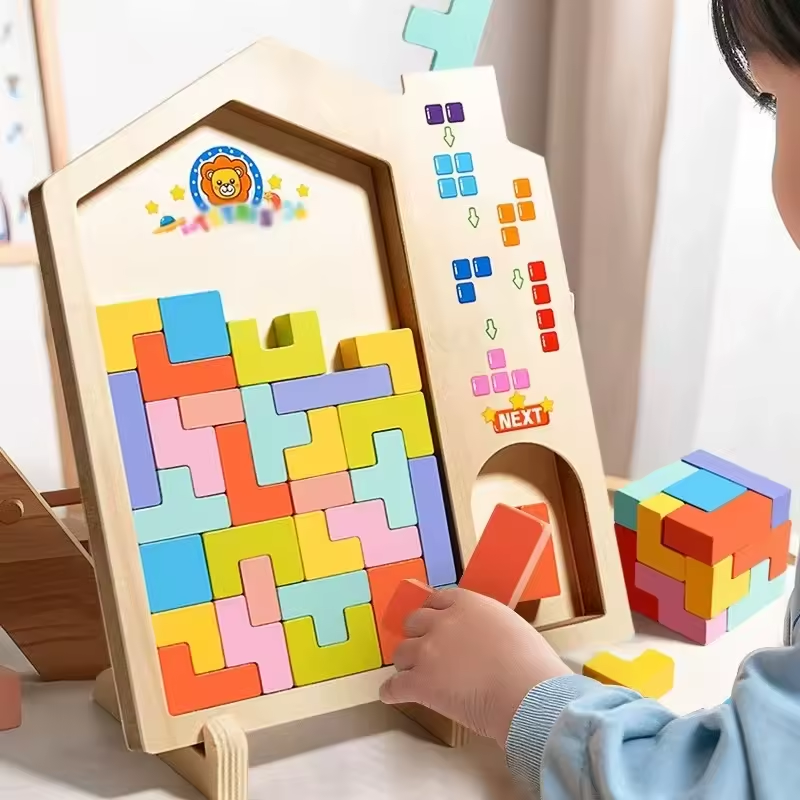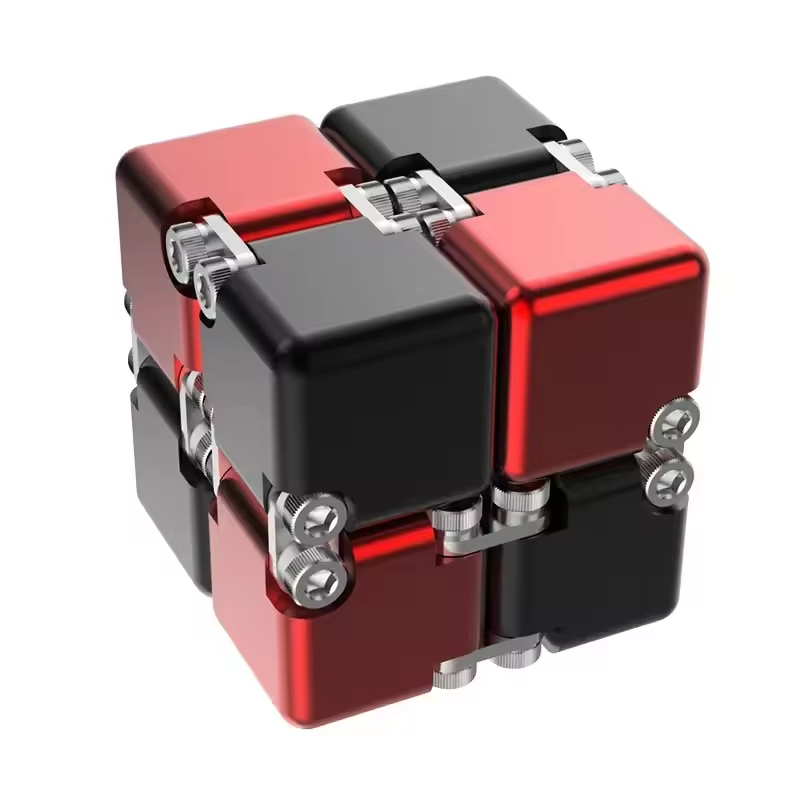Part 1: The Importance of Interactive Learning for 2-Year-Olds
1. Cognitive Development:
At the age of 2, toddlers are at a crucial stage of cognitive development. They are learning to understand and process information, solve problems, and develop language skills. Interactive learning toys can play a significant role in stimulating their young minds and encouraging curiosity, problem-solving, and critical thinking. Educational toys such as building blocks, shape sorters, and puzzles not only provide entertainment but also promote the development of fine motor skills and spatial awareness. These toys can also introduce new vocabulary and concepts, helping 2-year-olds to expand their communication skills. By engaging with educational toys, toddlers can build a strong foundation for further learning and development, setting the stage for continued growth and academic success in the years to come.
2. Social and Emotional Development:
Toys that promote interactive play can also aid in the social and emotional development of 2-year-olds. By engaging in play with others, toddlers can learn important social skills such as taking turns, sharing, and communicating. They can also develop empathy and understanding of others’ emotions through play interactions. Furthermore, interactive toys provide opportunities for bonding and interaction with caregivers and peers, which is essential for their overall development. Through collaborative play, 2-year-olds can learn how to cooperate with others, negotiate, and build positive relationships. These early social experiences form the building blocks for their future interactions with friends, family, and the broader community. By incorporating interactive toys into their playtime, caregivers can help toddlers develop crucial social and emotional skills that will benefit them throughout their lives.

Part 2: Features of Educational Toys for 2-Year-Olds
1. Sensory Stimulation:
At the age of 2, toddlers are at a stage where they are still exploring their senses and the world around them. Toys that provide sensory stimulation, such as those with colorful shapes, various textures, and intriguing sounds, can help engage and captivate their attention. These types of toys can also aid in the development of their sensory perception and cognitive skills. When children have the opportunity to touch, manipulate, and explore objects with different shapes, sizes, and textures, they are able to gain a better understanding of the physical world. This exploration encourages the development of fine motor skills, hand-eye coordination, and spatial awareness.
Furthermore, toys that emit sounds or music can help stimulate auditory development in 2-year-olds. Hearing and recognizing different sounds and pitches can contribute to their language and communication skills as they associate sounds with objects and actions. This sensory experience can also be a source of joy and fascination for young children as they discover and recognize familiar sounds and new auditory stimuli.
In addition to promoting sensory and cognitive development, sensory-stimulating toys can also provide a basis for early learning experiences. For example, toys with different textures and shapes can be used to introduce basic concepts such as colors, sizes, and patterns. By engaging with toys that offer sensory exploration, 2-year-olds can lay the foundation for future learning in areas such as science, math, and language.
2. Interactive and Open-Ended Play:
Educational toys for 2-year-olds should encourage active and open-ended play. Interactive toys that allow them to manipulate, move, and play with objects can help them develop fine motor skills, hand-eye coordination, and creativity. Open-ended toys also enable children to use their imagination and explore different ways of playing, promoting a sense of autonomy and independence.

Part 3: Types of Educational Toys for 2-Year-Olds
1. Puzzles and Shape Sorters:
Simple puzzles and shape sorters are excellent toys for 2-year-olds as they engage in play and learning. These toys serve as valuable tools to develop essential skills such as problem-solving and hand-eye coordination. When toddlers are faced with the challenge of fitting puzzle pieces or shapes into their respective slots, they learn to think critically and strategically, enhancing their problem-solving abilities. Through trial and error, they discover how to manipulate the pieces to achieve the desired outcome, which fosters a sense of accomplishment and builds confidence.
Furthermore, these toys provide a platform for cognitive development by introducing children to shapes, colors, and patterns. As they engage with puzzles and shape sorters, 2-year-olds begin to recognize and differentiate between various shapes such as circles, squares, triangles, and more. They also become familiar with different colors and learn to discern patterns in the arrangement of puzzle pieces or shapes.
In addition to promoting cognitive development, puzzles and shape sorters enable toddlers to refine their hand-eye coordination and fine motor skills. As they grasp, maneuver, and position puzzle pieces or shape blocks, they enhance their dexterity and precision in handling objects. These activities also help strengthen their finger muscles, preparing them for future tasks such as writing and drawing.
Moreover, puzzles and shape sorters offer engaging and constructive play experiences, encouraging 2-year-olds to explore and manipulate objects in a purposeful manner. The sensory experience of handling and fitting pieces together also contributes to their overall sensory development and spatial awareness.
2. Building Blocks and Stacking Toys:
Building blocks and stacking toys are essential for the development of 2-year-olds. They provide a platform for children to explore their creativity while enhancing their spatial awareness. By manipulating and stacking the blocks, toddlers not only develop their fine motor skills and hand dexterity but also begin to understand the concept of balance and stability. Furthermore, these toys facilitate the development of critical thinking and planning skills as children learn to construct and balance their creations. As they engage in creating different structures, 2-year-olds are exposed to problem-solving and decision-making, allowing them to learn through trial and error. The open-ended nature of building and stacking toys also promotes imaginative play, encouraging children to experiment and innovate. Through these activities, toddlers not only cultivate their physical and cognitive abilities but also lay the foundation for future learning and creativity.

Part 4: Choosing the Right Educational Toys for 2-Year-Olds
1. Safety:
When choosing educational toys for 2-year-olds, safety should be a top priority. Opt for toys that are specifically designed for toddlers and do not pose any choking hazards. Check that the toys are made from non-toxic materials and have no sharp edges or small parts that could be potentially harmful. Additionally, consider the durability of the toys, as 2-year-olds can be quite rough with their playthings. Look for toys that are well-constructed and can withstand the wear and tear of toddler play. It’s also important to follow any age recommendations and safety guidelines provided by the manufacturer when selecting toys for young children. By prioritizing safety when choosing educational toys, caregivers can provide a secure and nurturing play environment for 2-year-olds, allowing them to explore, learn, and develop with confidence.
2. Multi-Purpose Toys:
Look for educational toys that offer multiple ways to play and learn. Toys that can be used in various ways or adapted for different developmental stages can provide extended value and engagement for 2-year-olds. Examples of multi-purpose toys include shape sorters with removable pieces, building blocks with different shapes and textures, or activity boards with various interactive features.
In conclusion, interactive learning toys play a crucial role in the development of 2-year-olds. They promote cognitive, social, emotional, and sensory development while providing opportunities for active play and exploration. When choosing educational toys for 2-year-olds, prioritize safety, sensory stimulation, and open-ended play to ensure that they provide the best possible learning experiences for young children.




